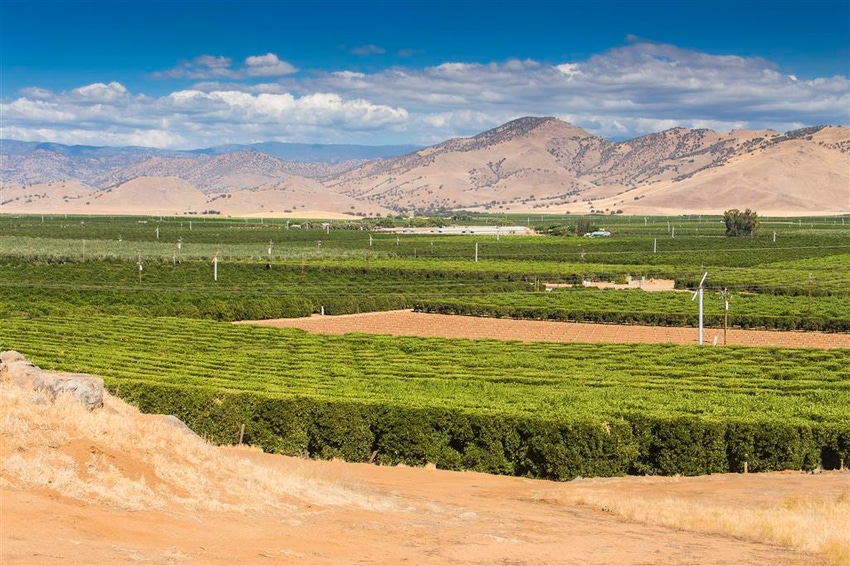
California’s initial 2015-16 Navel orange forecast is 86.0 million cartons, including 83 million predicted from the Central Valley, according to the California Department of Food and Agriculture (CDFA).
This forecast is based on the results of the 2015-16 Navel Orange Objective Measurement (O.M.) Survey conducted from July 18 to Sept. 1.
Bob Blakely, vice president of California Citrus Mutual, called the estimate “cautiously realistic” after last year’s September estimate of 83 million cartons came in 6 percent lower at 76 million cartons because of the drought.
According to Blakely, acreage estimates continue the big question mark as citrus industry officials still do not have a good handle on just how many acres of fruit by variety were pulled over the last two years because of drought.
The CDFA survey pegs bearing acreage this year at 122,000, down from 124,000 acres the previous year.
Bearing acreage peaked from the 2006-2007 season through the 2008-2009 season at 135,000 acres, according to the CDFA.
Sampling protocols include randomly selecting 577 Navel orange groves proportional to county and variety bearing acreage. Of this, 520 groves were utilized in this survey.
Once a grove is randomly chosen and grower permission was granted, two trees were randomly selected. The Navel orange sample included organic, Cara Cara, and Blood orange groves.
For each randomly selected tree, its trunk was measured along with all connected branches. A random number table was then used to select a branch, and then all connected branches from the randomly-selected branch were measured. This process was repeated until a branch was reached with no significant limbs beyond it.
This randomly-selected branch, called the terminal branch, was then closely inspected to count all fruit connected to it, as well as all of the fruit along the path from the trunk to the terminal branch. Since each selected path has a probability of selection associated with it, a probability-based method was then applied to estimate a fruit count for the entire tree.
In the last week of the survey period, fruit diameter measurements were made on the right quadrant of four trees surrounding the two trees of every third grove. These measurements were used to estimate an average fruit diameter per tree.
Of the 520 utilized groves, nine were in Madera County, 90 were in Fresno County, 319 in Tulare County, and 101 in Kern County.
Looking back to the 1988-89 crop year, the CDFA shows harvest yields ranging from a high of 93 million cartons in 2010-2011 with a low of 25.5 million cartons in the 1990-1991 season. That year was marked by a widespread, severe freeze throughout California.
It was December that year when temperatures in some parts of the San Joaquin Valley did not exceed 25 degrees for nearly a week, which destroyed the Valley’s citrus crop.
For the latest on western agriculture, please check out Western Farm Press Daily and receive the latest news right to your inbox.
About the Author(s)
You May Also Like






